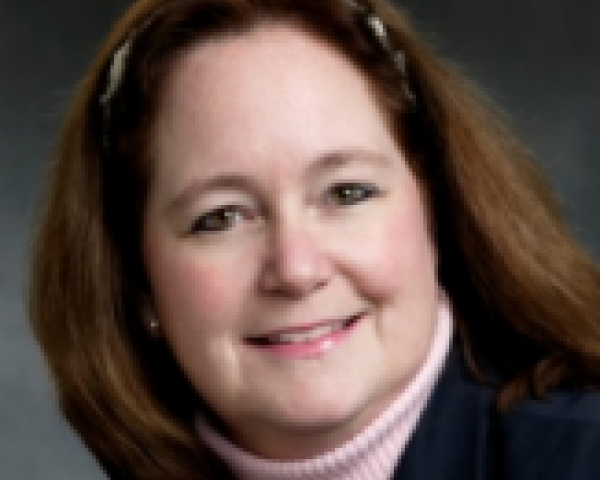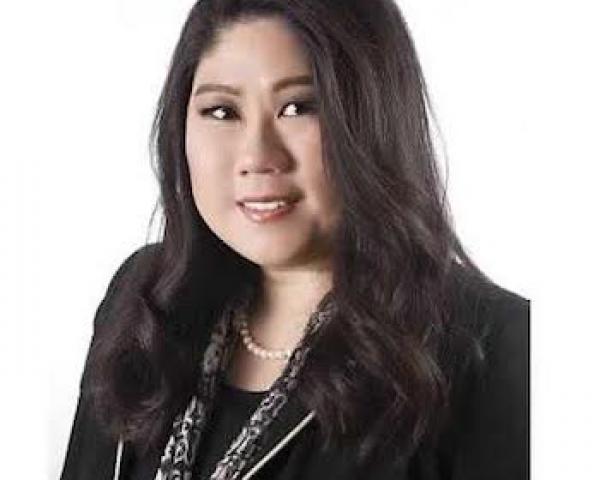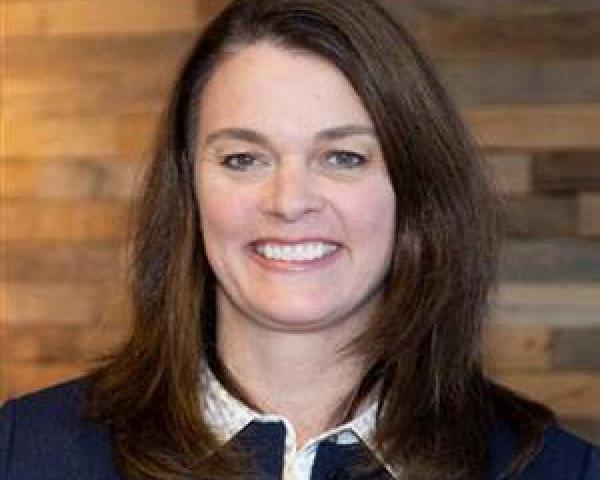As the insurance industry continues to evolve in response to disruption, it’s imperative that insurers embrace innovation to achieve growth and market leadership. The capacity to innovate drives the business models of tomorrow, as well as the investor perceptions of today. Already, ratings agency AM Best has announced plans to score and assess carriers based on their ability to innovate.
To truly drive innovation and stay relevant in today’s rapidly changing world, insurance leaders cannot afford to overlook the power of diversity and inclusiveness (D&I) in thinking, experiences, ideas, backgrounds and abilities. Studies show that diverse teams outperform homogeneous teams when
led inclusively and that firms deliver better financial results when they have women on their corporate boards and
in the C-suite. So, in today’s Transformative Age, why is it taking so long for women to belong equally?
To foster an environment for the industry’s future leaders to thrive, it takes effort, backed by accountability and active participation from everyone — not just women.
We’ve outlined three ways to build the next generation of women leaders in insurance:
1. Improve recruitment and hiring
Today’s college graduates are surrounded by diversity, and they expect to enter workplaces that embody those same values. For the insurance industry to attract new employees who have the creative, technology and customer skills needed to build the insurance workplace of the future, insurance companies must demonstrate their commitment to diversity, as manifested throughout the formal recruitment process, as well as leveraging personal relationships.
Insurers should consider how to recruit more women with backgrounds in science, technology, engineering and mathematics (STEM). While actuaries have always needed mathematics and statistics, just about every aspect of insurance is being transformed by digital technologies, artificial intelligence (AI) and other computing-intensive business processes. It is also important that insurers recruit liberal arts majors for areas like underwriting. These graduates possess the necessary skills for sales, relationship management and creation of business solutions. The ability to reason and philosophize will be even more critical in the digital age, as more repetitive tasks shift to AI.
See also: Survival Guide for Women in Insurtech
At the same time, insurance companies must drive accountability for D&I initiatives by removing unconscious biases from the recruitment process, recruiting balanced teams and hiring women from diverse backgrounds, skill sets and experiences. A way to enact this is to ensure there are diverse slates of both interviewers and interviewees, as well as holding leadership teams accountable for their team’s D&I profiles.
2. Sponsor and mentor women to support career progression and improve retention
Mentors provide advice and counseling throughout one’s career, while sponsors are on-the-job allies who state the case for one’s promotion or participation on a high-profile project. Women joining the insurance field need both mentors and sponsors — and both roles need to be embraced by men and women.
Employees may be able to find mentors and sponsors through their own networking efforts, but organizations should also foster connections through team-building workshops and other methods.
Executives should be held accountable for their strong commitment to D&I by measuring results, such as the retention levels and career achievements for women and other underrepresented groups within their spheres of influence. Only through metrics-based accountability will D&I achieve a sustainable impact.
3. Clear away barriers preventing the ascent of women executives
While progress has been made, women are still severely underrepresented in insurance leadership roles. Although women represent more than half of the insurance workforce, they hold fewer than one-fifth of board seats and only about one-tenth of insider officer positions and top officer positions
such as CEO, COO and CFO. Based on this evidence, we can see that the pipeline for women executive talent is being artificially blocked.
In response, insurance companies need to work for greater diversity in succession planning and to prepare women for these kinds of roles. To ensure that women can rise on their merits and in accordance with the requirements of the job, succession planning has three key areas for improvement:
- Preference. Counteract the bias for search teams to promote people who look just like them.
- Tradition. Break the pattern of hiring leaders with the same background and profile as previous leaders.
- Requirements. Promote and appoint leaders based on the specific skill sets of what the leadership role requires for the success of the company.
As top executives support and prepare the right individuals for the right roles, more women will rise to the occasion to join the leadership ranks with more opportunities, as well as the knowledge that they are welcome.
See also: The Right Way to Tackle Gender Bias
D&I is critical for driving innovation and a competitive advantage for insurers in today’s transformative age. By welcoming a wider range of skills and viewpoints, D&I represents an essential component of the evolving business model in insurance.
As part of their broader D&I initiatives, insurance companies must take steps to improve gender parity. Starting from the top, business leaders throughout the insurance organization should be held accountable for recruiting and hiring women, sponsoring and mentoring women, retaining and promoting women and clearing away obstacles to leadership roles.
Yet D&I is not just a matter for top executives. We all have to ask ourselves: “Who am I mentoring? Who am I sponsoring? Who am I pulling up?” Answers to those questions will become increasingly important for the success of individuals, teams and organizations throughout the insurance ecosystem. By thinking, challenging and engaging differently, we can build a better working world where women belong as much as men do.
What actions will you take to make sure that #SheBelongs?
The views reflected in this article are those of the authors and do not necessarily reflect the views of Ernst & Young LLP or other members of the global EY organization.









